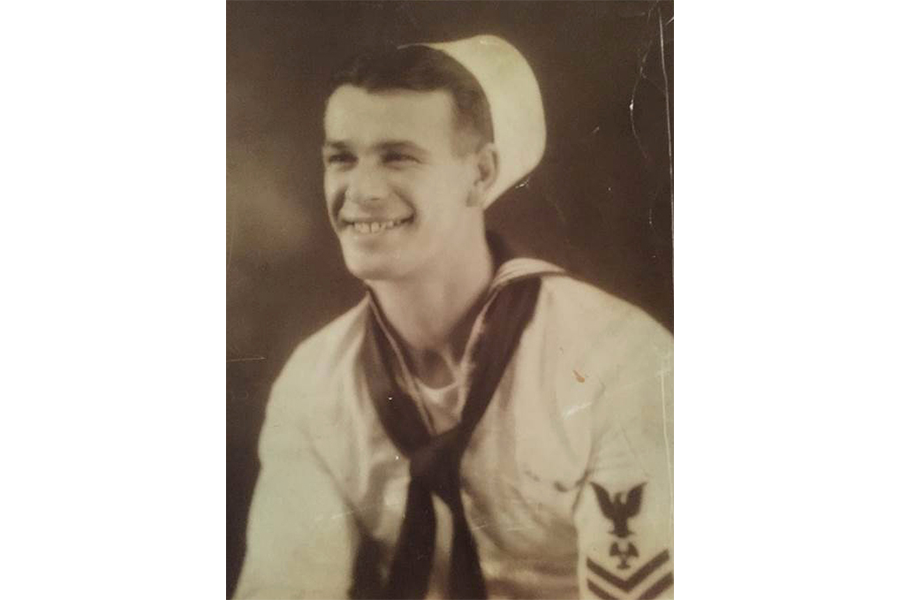Pearl Harbor sailor to be laid to rest in hometown, almost 75 years later
Loading...
It has taken almost 75 years, but this weekend, Alfred Wells will be laid to rest in his hometown in upstate New York.
Wells's story seems to be one of the tragic coincidences that pepper the annals of World War II. The 32-year old sailor was never supposed to be standing watch on the USS Oklahoma, the morning the Japanese struck Pearl Harbor, but there he was, having agreed to switch places with another sailor who wanted to go ashore that day.
The date was Dec. 7, 1941, and the surprise attack pummeled the Oklahoma with multiple torpedoes, capsizing the vessel and entombing the bodies of more than 400 servicemen.
"His name never left the lips of the family," said Wayne Konseck, the 78-year-old nephew of Wells, who will be meeting his uncle’s remains Friday at Syracuse airport, alongside Wells’s two surviving sisters.
On the day of the attack, 32 men were rescued from the Oklahoma, hauled from the metal tomb through holes cut in its hull. But 14 marines and 415 sailors were less fortunate.
For two and a half years in the immediate aftermath, the Navy toiled to recover remains from the ship, but most were laid to rest as “unknowns” in a Honolulu cemetery.
Last year, however, the Pentagon’s Defense POW/MIA Accounting Agency (DPAA) began exhuming the remains, confident that advances in technology and forensic science had made identification more feasible. In 2015, 388 Oklahoma crewmembers had their remains disinterred, and a total of 28 have been identified. Wells joined that small group last week, partly as a result of DNA analysis using samples provided by a cousin.
The sailor’s story begins in 1927, when he joined the Navy at the age of just 17. He served aboard USS Arizona, where he achieved the rank of machinist’s mate first class. In March 1941, he left the military, bought a house with his wife and two young daughters in southern California, and hunted for work.
His efforts bore no fruit, and, unable to find work, he re-enlisted five months later and was assigned to the Oklahoma. In a further twist to the tragedy, the only ship to lose more men than the Oklahoma in the assault on Pearl Harbor was Wells’s old one, the Arizona.
At the very least, though, the identification of his remains, and their subsequent return to Syracuse, brings a degree of relief to his surviving family members, which includes just two of his seven siblings and his nephew, Mr. Konseck.
"I didn't think I'd live this long to see something like this coming," Konseck said.
This report contains material from the Associated Press.






